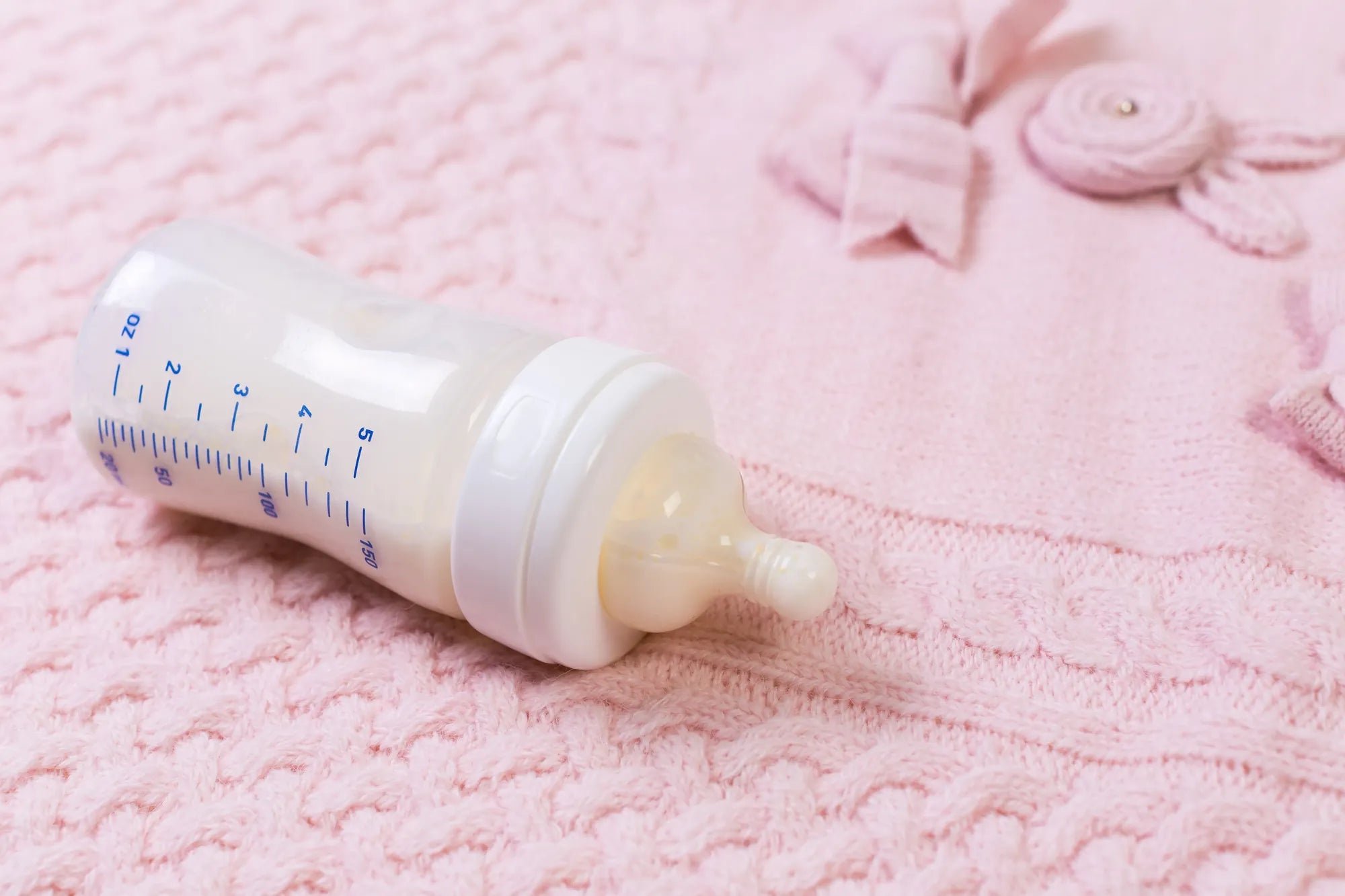Startseite
Pregnancy, Breastfeeding, and Pumping: The Ultimate Guide for Moms
Do You Need to Clean Breast Pump Tubing? Essential Insights for Hygiene and Safety

Do You Need to Clean Breast Pump Tubing? Essential Insights for Hygiene and Safety
When it comes to breastfeeding and pumping, hygiene is paramount. One question that often arises is: Do you need to clean breast pump tubing? The answer is a resounding yes. Proper cleaning of breast pump tubing is essential to ensure the safety and health of both you and your baby. This article delves into the reasons why cleaning is necessary, the risks of neglecting it, and the best practices to keep your equipment in top condition.
Why Cleaning Breast Pump Tubing is Crucial
Breast pump tubing plays a vital role in the pumping process, but it can also become a breeding ground for bacteria and mold if not cleaned properly. Milk residue, moisture, and warmth create an ideal environment for harmful microorganisms to thrive. Here are some key reasons why cleaning breast pump tubing is non-negotiable:
- Preventing Contamination: Milk particles can get trapped in the tubing, leading to bacterial growth. This can contaminate the milk and pose health risks to your baby.
- Ensuring Hygiene: Clean tubing ensures that the milk remains free from contaminants, maintaining its nutritional value and safety.
- Extending Equipment Life: Regular cleaning prevents the buildup of residue, which can damage the tubing and reduce the lifespan of your breast pump.
Risks of Not Cleaning Breast Pump Tubing
Neglecting to clean breast pump tubing can have serious consequences. Here are some potential risks:
- Bacterial Infections: Contaminated tubing can introduce harmful bacteria into the milk, increasing the risk of infections such as mastitis in mothers and gastrointestinal issues in babies.
- Mold Growth: Moisture in the tubing can lead to mold growth, which can be difficult to remove and pose health risks.
- Reduced Pump Efficiency: Clogged or dirty tubing can affect the suction power of the breast pump, making it less effective.
Best Practices for Cleaning Breast Pump Tubing
To ensure the safety and longevity of your breast pump tubing, follow these best practices:
- Daily Cleaning: Clean the tubing after each use to prevent the buildup of milk residue and bacteria.
- Use Warm, Soapy Water: Wash the tubing with warm, soapy water, ensuring that all parts are thoroughly cleaned. Rinse well to remove any soap residue.
- Air Dry: Allow the tubing to air dry completely before reassembling the breast pump. Avoid using towels or cloths, as they can introduce lint or bacteria.
- Regular Inspection: Check the tubing regularly for signs of wear, mold, or damage. Replace the tubing if necessary.
- Follow Manufacturer Guidelines: Always follow the cleaning instructions provided by the manufacturer to ensure proper care of your equipment.
Common Myths About Cleaning Breast Pump Tubing
There are several misconceptions about cleaning breast pump tubing that can lead to improper care. Here are some common myths debunked:
- Myth 1: Tubing Doesn't Need Cleaning if Milk Doesn't Enter It: Even if milk doesn't directly enter the tubing, moisture and condensation can still lead to bacterial growth.
- Myth 2: Cleaning Once a Week is Enough: Daily cleaning is necessary to prevent the buildup of bacteria and mold.
- Myth 3: Boiling Tubing is the Best Cleaning Method: While boiling can kill bacteria, it can also damage the tubing. Follow the manufacturer's recommendations for cleaning.
Tips for Maintaining Clean Breast Pump Tubing
Maintaining clean breast pump tubing requires consistent effort. Here are some additional tips to keep your tubing in excellent condition:
- Store Properly: Store the tubing in a clean, dry place to prevent contamination.
- Use a Dedicated Cleaning Brush: A small brush can help clean hard-to-reach areas of the tubing.
- Replace Regularly: Even with proper cleaning, tubing should be replaced periodically to ensure hygiene and functionality.
- Keep a Cleaning Schedule: Establish a routine for cleaning and inspecting the tubing to stay on top of maintenance.
When to Replace Breast Pump Tubing
Knowing when to replace breast pump tubing is crucial for maintaining hygiene and pump efficiency. Here are some signs that it's time to replace your tubing:
- Visible Mold or Mildew: If you notice mold or mildew in the tubing, it's time to replace it immediately.
- Cracks or Holes: Damaged tubing can affect the suction power of the breast pump and compromise hygiene.
- Persistent Odors: If the tubing retains a foul odor even after cleaning, it may be time for a replacement.
- Manufacturer's Recommendation: Follow the manufacturer's guidelines on when to replace the tubing, typically every 3-6 months.
Properly cleaning and maintaining breast pump tubing is essential for the health and safety of both you and your baby. By following the best practices outlined in this article, you can ensure that your breast pump remains in optimal condition, providing you with peace of mind and a hygienic pumping experience. Don't underestimate the importance of this simple yet crucial task—your baby's health depends on it.
Teilen


